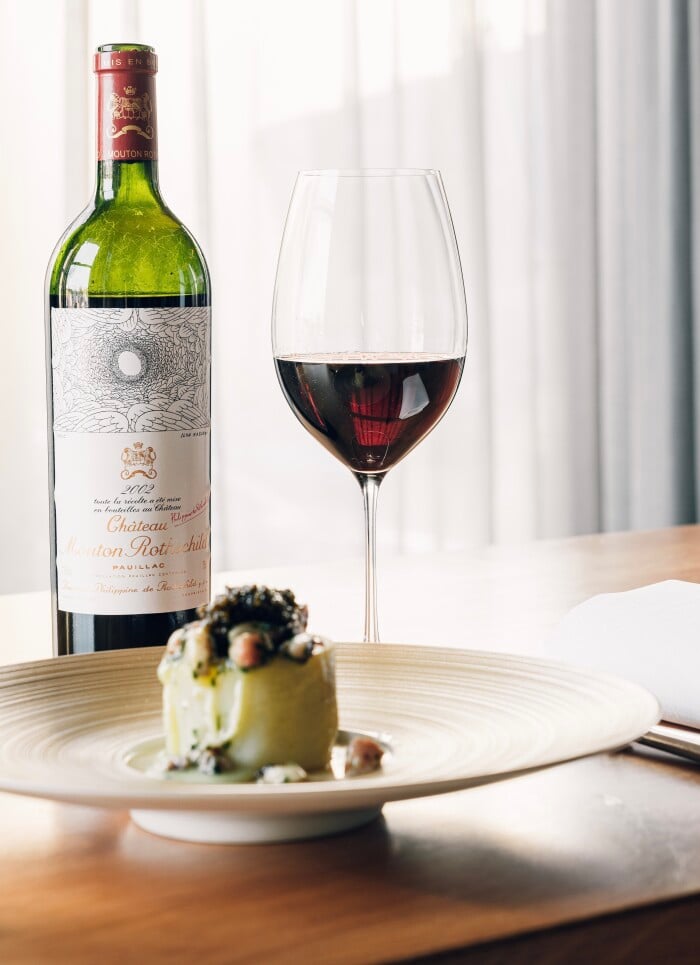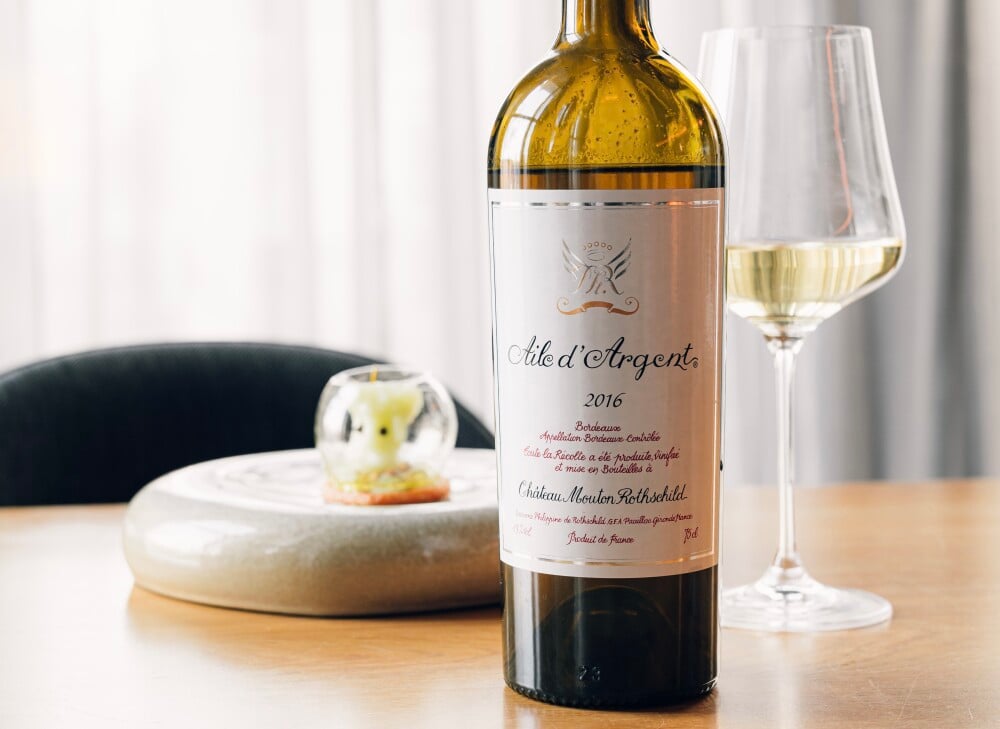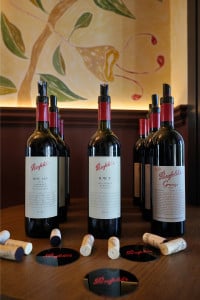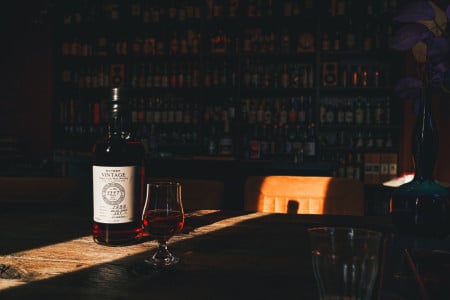10 Things to know about Château Mouton Rothschild
De Rothschild is a much-discussed family, and not just within the financial world. This dynasty is also known for its famous wineries Château Lafite Rothschild and Château Mouton Rothschild. The latter is the winery that made history for its confrontation with the famous classification of Bordeaux. Do you want to know why? In this blog, you will find the answers to all your burning questions about Château Mouton Rothschild.
1. Where does the name Mouton Rothschild come from?
You might think that the name derives from the French word for sheep (mouton), since the coat of arms depicts two rams. However, this is not actually where it came from. In case you were wondering, so why the two rams? Baron Philippe de Rothschild's zodiac sign was Aries, that’s why!
Mouton comes from the word motte, which literally means clod. This term was used for 'hill' in old French, and it eventually morphed into ‘mouton’. Joseph de Brane, who was one of the first owners, chose to name his property after himself and the hill on which it was located. This resulted in the name Château Brane Mouton. Some 100 years later, the domain came up for sale and Isaac Thuret became the owner. In 1853, two years before the classification, he sold Brane Mouton to Nathaniel de Rothschild, who subsequently gave it its current name Château Mouton Rothschild.
2. To which class does Château Mouton Rothschild belong, according to the 1855 classification?
In 1855, Château Mouton Rothschild was classified as Deuxième Grand Cru Classé, placing the winery in the second class. Of course, the Rothschilds didn't quite agree with this placement, but they didn’t challenge it. During Mr Thuret’s ownership, little maintenance was done, and the château became dilapidated. The vineyard area also dwindled from 50 to 37 hectares during that time. This deterioration may have played an important role in the layout of the classification.
Although Nathaniel de Rothschild accepted the classification, Baron Philippe de Rothschild begged to differ. When he took over the estate from his great-uncle in 1922, he felt it was time for the ranking to be adjusted and for the winery to be included in the first class, where it belongs. This is why, soon after World War II, he started lobbying and campaigning. After years of advocating, Château Mouton Rothschild was promoted to the Premier Grand Cru Classé in 1973. A very exceptional event. The classification had only ever been revised once before. This was in 1856, when a château got included in the ranking. This makes Baron Philippe the first and so far the only person ever to have accomplished a change to the world famous 1855 classification. The year 1973 went down in history as one of the most historic moments in Bordeaux. Ever since then, the label reads: “Premier je suis, second je fus, Mouton ne change”. Which means: First I am, Second I was, Mouton does not change.
3. Does Château Mouton Rothschild produce white wine too?
Yes. Since 1991, the winery has also produced a white wine, called Aile d'Argent. In the 1980s, Philippe's only child Philippine planted several hectares of white grape varieties. The planting of this vineyard consists largely of Sauvignon Blanc and Semillon. In addition, there are a number of vines with Sauvignon Gris and Muscadelle. Aile d'Argent is a blend of the aforementioned grape varieties. 50% of the wine is aged in new oak barrels. Production is limited, only a few barrels are produced.
The name Aile d'Argent stems from Philippine's childhood. Her father often made up bedtime stories, and one night he told the story of a magical teapot, the hero of the story. He named this teapot Aile d'Argent, which means silver wing. During World War II, her father was arrested. During his time in prison, he wrote the story of Aile d'Argent la Magique (The Magic Silver Wing). After the war, this story was published by Gallimard, one of the largest publishers in France. And as Philippine puts it into words so beautifully: “I am happy that the words that once inspired my dreams, have come to life again.”
4. Who designs the labels for Château Mouton Rothschild?
Mouton Rothschild is known for the unique label for each vintage. The idea for this unique label arose as early as 1924, when the artwork by poster artist Jean Carlu was printed on the label. Yet, the second artwork didn’t come about until 1945. Since then, the winery collaborates with a different artist each year. The artists do not receive a fee or a commission for their work, but they do receive a box of Mouton Rothschild wines with their 'own' vintage, of course. Some of the big names Mouton has worked with are Picasso, Dalí, Karel Appel and even Prince Charles Windsor, the Prince of Wales. The artists are absolutely free in their designs. Balthus' 1993 design was the most remarkable of the series for some people. The label featured a nude drawing. America's regulatory body, the Tobacco Tax and Trade Bureau (TTB), banned the label. Rather than fight the American regulations, Baroness Philippine chose to remove the artwork from the label for the bottles destined for the American market. The result: a large blank label. When it comes to wine, it’s all about what’s inside the bottle after all…








